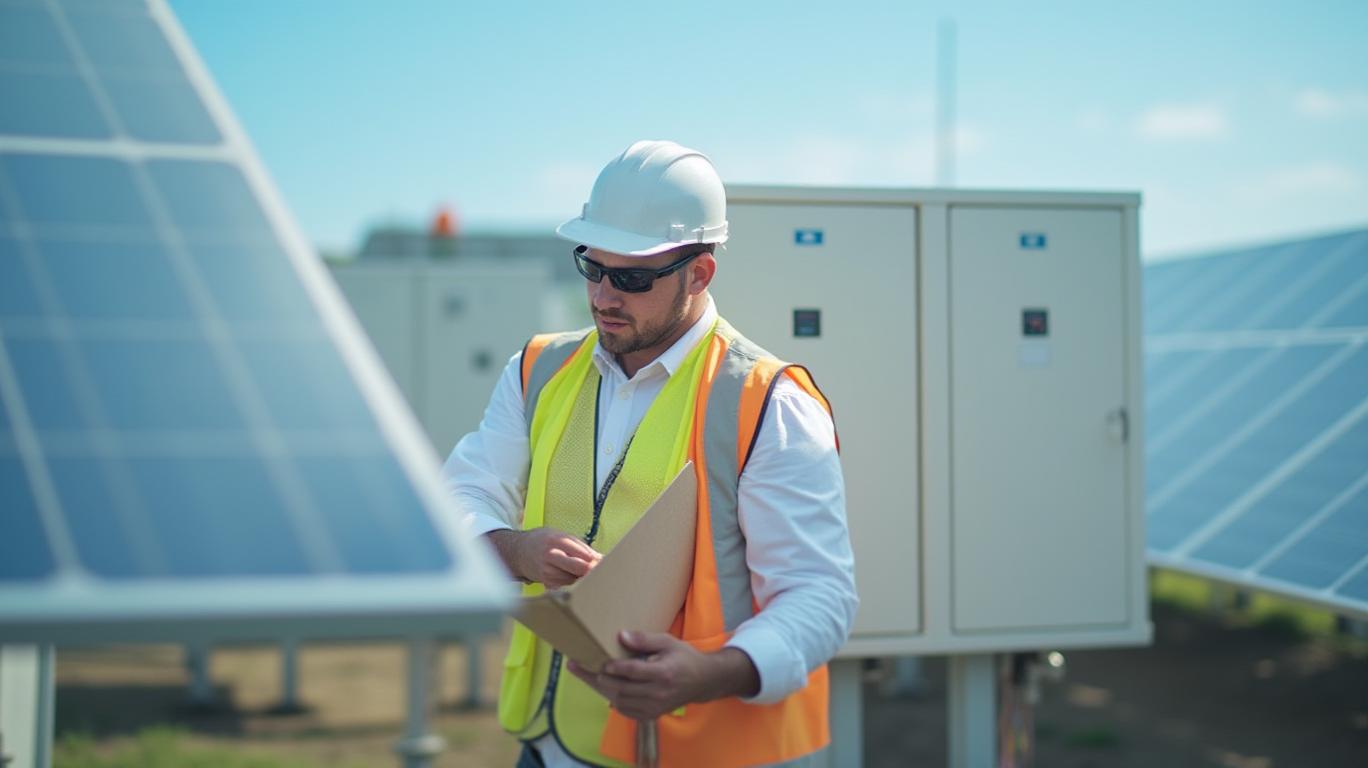Hawaiian Electric Industries Navigates Regulatory Headwinds with Resilient Q1 Performance
Hawaiian Electric Industries (HE) delivered a mixed but strategically significant first-quarter 2025 performance, with adjusted earnings aligning with market expectations despite lingering challenges from wildfire liabilities and regulatory shifts. The company’s ability to navigate these headwinds while advancing grid modernization and decarbonization goals underscores its long-term resilience in Hawaii’s evolving energy landscape.
Financial Performance: Adjusted Earnings Hold Steady Amid Headwinds
HE’s Q1 net income fell to $27.1 million, or $0.15 per diluted share, compared to $42.1 million, or $0.38 per share, in Q1 2024. However, adjusted core earnings—excluding wildfire-related costs and a loss from the Hamakua Energy asset sale—rose to $0.23 per share, meeting the consensus estimate of $0.23. This result reflects operational improvements at Hawaiian Electric Company (HECO), the utility subsidiary, which saw net income climb 23% year-over-year to $48 million.
Revenue dipped to $744.1 million from $792.0 million in Q1 2024, driven by lower electric utility revenues and strategic asset sales. Notably, HECO’s revenue streams benefited from regulatory mechanisms: the annual revenue adjustment and demand-response programs contributed $7 million in pre-tax gains. Operational efficiency also played a role, with improved heat rate performance saving $5 million and reduced bad debt trimming expenses by $1 million.
Wildfire Costs and Regulatory Wins: Balancing Risks and Opportunities
Wildfire-related expenses remain a critical focus. HECO incurred $11 million in pre-tax costs for Maui wildfire mitigation, insurance, and legal fees but offset this with $3 million in insurance recoveries and $6 million in deferred costs approved by the Hawaii Public Utilities Commission (PUC). The Hawaii Supreme Court’s recent approval of the Maui wildfire tort litigation settlement is a major milestone, enabling HE to begin payments in early 2026.
The company’s proactive debt reduction further strengthens its financial position. Proceeds from the sale of American Savings Bank in April 2025 reduced holding company debt by $384 million, improving liquidity to address future settlement obligations. Legislative wins, such as the passage of SB 897 and SB 1501, also bolster HE’s strategy. These laws establish an aggregate liability cap for future wildfire damages, enable securitization for grid upgrades, and protect renewable energy procurement—a critical step toward Hawaii’s 100% renewable portfolio standard by 2045.

Strategic Priorities: Modernization and Decarbonization
HE’s Q1 results highlight its dual focus on grid resilience and sustainability. CEO Scott Seu emphasized progress in wildfire prevention, including vegetation management and grid hardening, while reaffirming commitments to decarbonization. The company’s $10 million dividend to the parent holding company signals confidence in cash flow stability, despite the holding company’s net loss widening to $21.1 million due to the Hamakua Energy sale. Excluding that one-time loss, the adjusted net loss narrowed to $10 million, underscoring operational improvements.
Risks and Outlook
HE’s path forward hinges on regulatory outcomes and economic conditions. Key risks include PUC decisions on rate cases and wildfire-related liabilities, as well as macroeconomic pressures impacting customer affordability. The company’s ability to secure PUC approval for securitization of wildfire safety investments—a key provision in SB 897—will be critical to shielding customers from rising costs.
Conclusion: A Steady Hand in a Turbulent Landscape
Hawaiian Electric Industries’ Q1 performance demonstrates its capacity to balance near-term challenges with long-term strategic goals. While headline earnings dipped due to wildfire costs and asset sales, adjusted metrics and regulatory wins suggest progress toward rebuilding financial strength. The $384 million debt reduction from the American Savings Bank sale and legislative protections for renewable energy procurement provide a solid foundation for HE to advance its $2.5 billion wildfire settlement obligations and decarbonization targets.
Investors should monitor HE’s ability to secure PUC approvals for rate adjustments and securitization, as well as its progress in reducing wildfire-related expenses through grid modernization. With adjusted EPS on track and a dividend maintained, HE appears positioned to weather current headwinds while delivering on Hawaii’s clean energy future.
In a sector increasingly defined by regulatory complexity and climate risks, HE’s Q1 results reaffirm its role as a stable utility navigating transformative change—a profile that may appeal to investors seeking resilience in a volatile market.

Comments
No comments yet